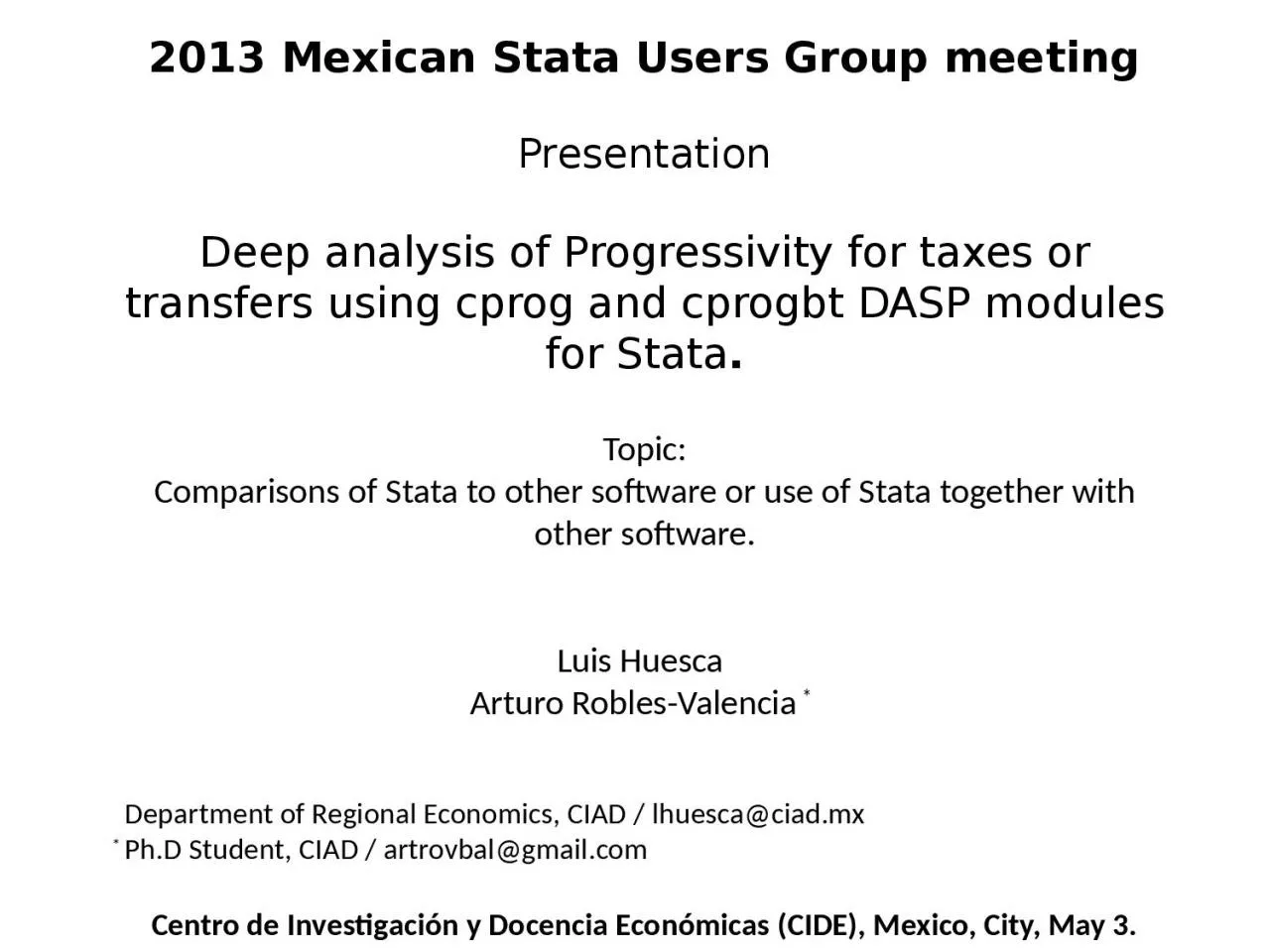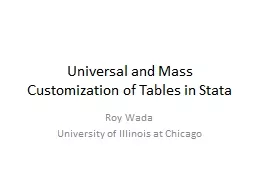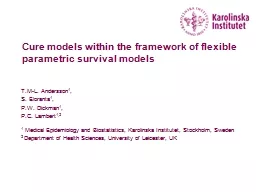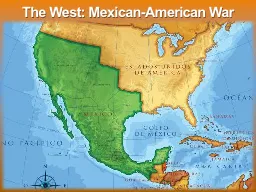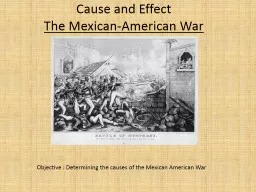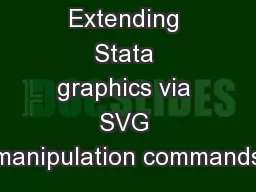PPT-2013 Mexican Stata Users Group meeting
Author : felicity | Published Date : 2024-02-02
Presentation Deep analysis of Progressivity for taxes or transfers using cprog and cprogbt DASP modules for Stata Topic Comparisons of Stata to other software
Presentation Embed Code
Download Presentation
Download Presentation The PPT/PDF document "2013 Mexican Stata Users Group meeting" is the property of its rightful owner. Permission is granted to download and print the materials on this website for personal, non-commercial use only, and to display it on your personal computer provided you do not modify the materials and that you retain all copyright notices contained in the materials. By downloading content from our website, you accept the terms of this agreement.
2013 Mexican Stata Users Group meeting: Transcript
Download Rules Of Document
"2013 Mexican Stata Users Group meeting"The content belongs to its owner. You may download and print it for personal use, without modification, and keep all copyright notices. By downloading, you agree to these terms.
Related Documents

